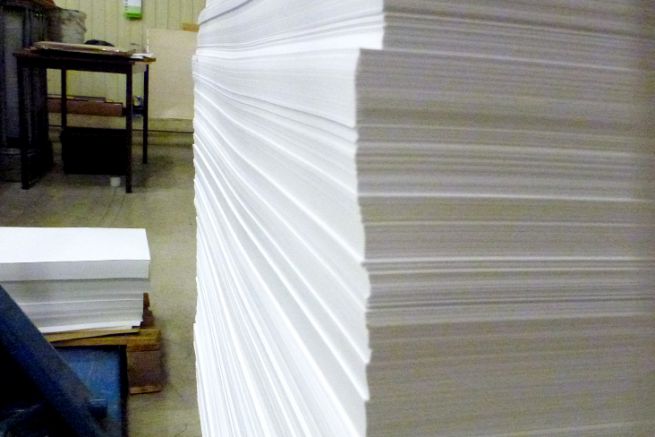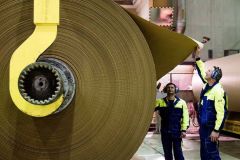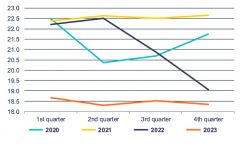European paper and board production is following the downward trend of the EU economy in 2019, in contrast to the dynamism of market pulp production, according to the Confederation of European Paper Industries (Cepi).
In 2019, european production of paper and board decreased by 3.0% in 2019 compared to the previous year.
While new production lines and upgrades to existing facilities were implemented in 2019, closures and lower operating rates resulted in lower paper and paperboard production. This decline has been observed in all major paper and cardboard producing countries, says Cepi.
The european consumption of paper and cardboard fell by 4% This is due to the slowdown of the EU economy in 2019 (GDP +1.9% in 2018 and +1.1% in 2019), combined with global instability and trade tensions.
Domestic deliveries of paper and cardboard in Europe will fall by 2.6% compared to 2018, while imports will also fall by 3.9%, according to preliminary figures from the Swiss Confederation. But the paper and cardboard exports increase + 0.9 .
Unlike previous years, the production of packaging paper and board is relatively stable in 2019, and does not compensate for the decline in graphic papers.
The global graphic paper production - newsprint and printing and writing papers - plunge, from - 8,0 % in 2019.
The production of toilet and household papers grows at + 1,0 % .
Total pulp production, including integrated and market pulp, increased to +0.8%. In detail, market pulp production surged +6.1 % s, due to recent massive investments in new capacity. This growth in production is driven by export demand: according to Eurostat, exports of market pulp jumped by almost 40% in 2019.
Pulp produced in Europe comes from sustainably managed forests, such as the Programme for the Endorsement of Forest Certification schemes (PEFC) and the Forest Stewardship Council (FSC), and is increasingly used in various value chains. In 2018, the level of certified wood, chips and sawmill by-products was 74%.








